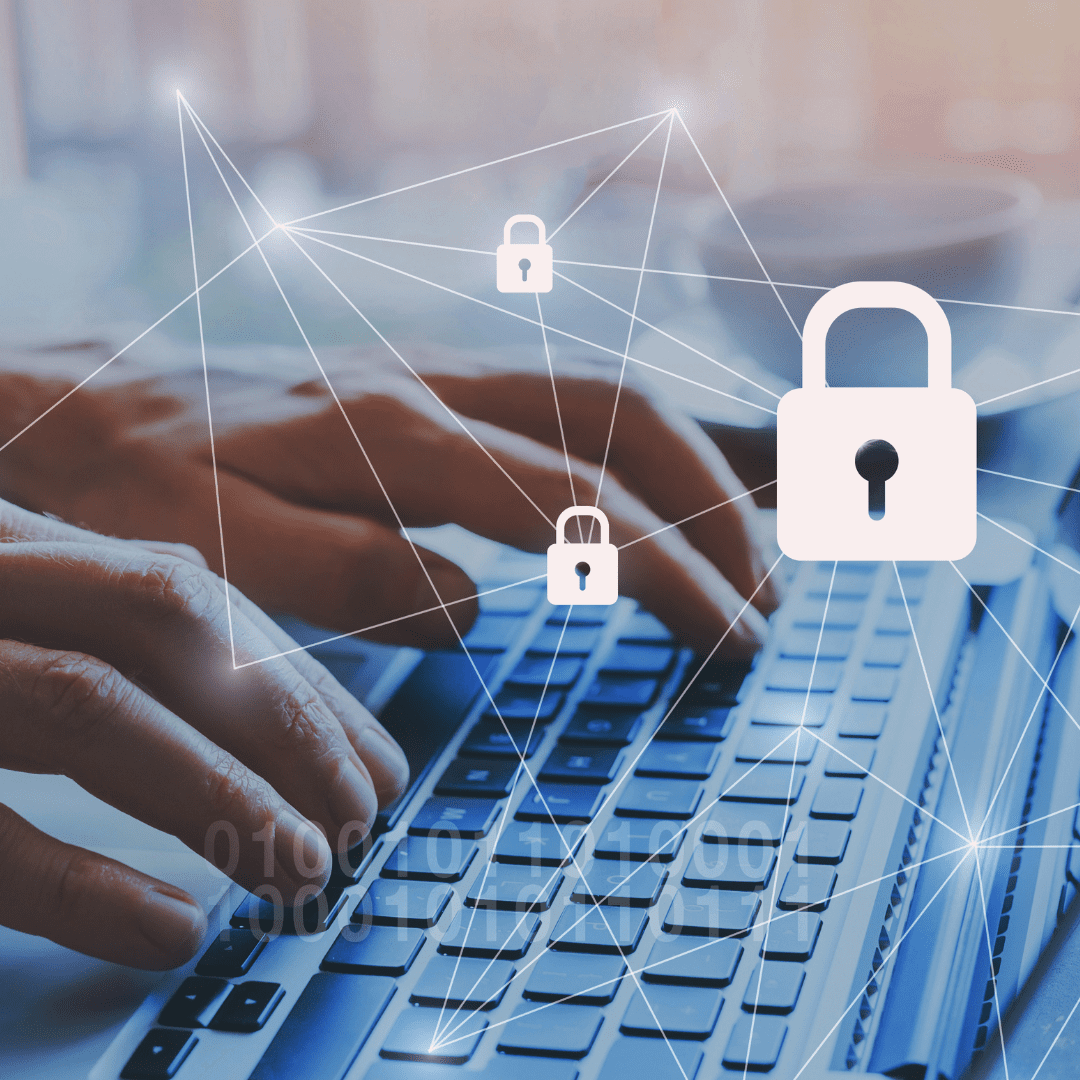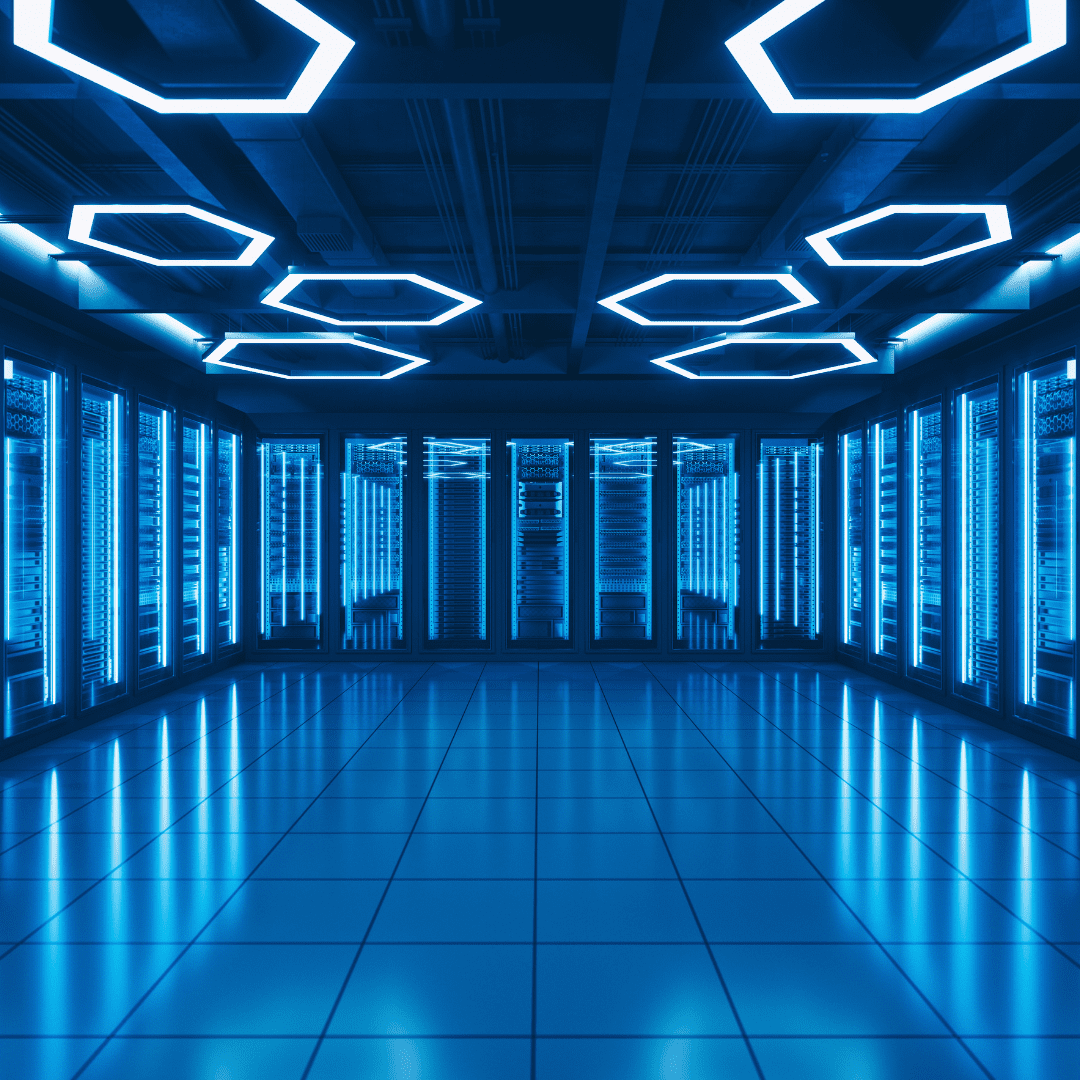How secure is Cloud-Based Electronic Security?
Our partners take security very seriously, privacy and data protection are key priorities when it comes to Cloud-Based Electronic Security systems.
It’s important to consider both the advantages and potential risks, here are some key points to keep in mind:
Data Encryption
To ensure data safety, it’s essential to encrypt information during transmission from your device to the cloud server. HTTPS protocols are typically used for web-based applications to achieve this. Adding encryption to your cloud storage provides an extra layer of security against unauthorised access. Even if someone gains physical access to the storage, the data will remain indecipherable without the right encryption keys.

Access Controls
Cloud Service Providers use various access control methods to safeguard your data and services. These measures include user authentication, authorisation, and multi-factor authentication to maximise security.
Compliance and Certification
To ensure the security of your data, cloud providers adhere to industry specific regulations and undergo third-party audits to obtain certifications. ISO 27001, SOC 2, and HIPAA are some examples of these certifications. Monatrix opts for providers that have the necessary certifications to ensure the safety of your information.
Physical Security
Cloud providers invest heavily in physical security measures to safeguard against potential threats. Physical security measured that are prioritised include data centre access controls, surveillance, and environmental controls.
Redundancy and Back ups
Cloud providers have backup procedures and redundant systems in place. These measures help maintain data integrity and availability. As a result, they can protect against unforeseen situations like hardware failures or natural disasters.

Security Patching
Cloud providers are responsible for the security of the underlying infrastructure. They guarantee regular security updates and patching to address vulnerabilities and to safeguard against known threats.
Incident Response
In the event of a security breach, cloud providers typically have well-defined incident response plans aimed at detecting and resolving security issues quickly. They may also offer specialised tools and features to help monitor and respond to potential security incidents.
User Education
The practices of end-users play a crucial role in maintaining the security of cloud-based systems. Educating users on the best security practices is imperative to ensure a secure cloud environment. Two critical areas to focus on are implementing strong password management and recognising phishing attempts.
Shared Responsibility Model
It is crucial to understand the shared responsibility model. Although the cloud provider is responsible for specific security aspects, customers also play a significant role in protecting their applications and data.
Emerging Threats
As the field of Cloud security continues to evolve, new threats arise frequently. To ensure a secure cloud environment, it’s crucial to stay up to date on the latest security risks and best practices.
–
The responsibility of maintaining cloud security is shared between the user and the cloud provider; no system can guarantee complete security. Regularly conducting security reviews and updates is essential to ensure the safety of Cloud-Based Electronic Security systems. We recommend staying informed about potential threats and adhere to best practices to minimise risks.
If you would like to learn more about our Cloud-Based solutions, please contact us at cloudbased@monatrix.com
